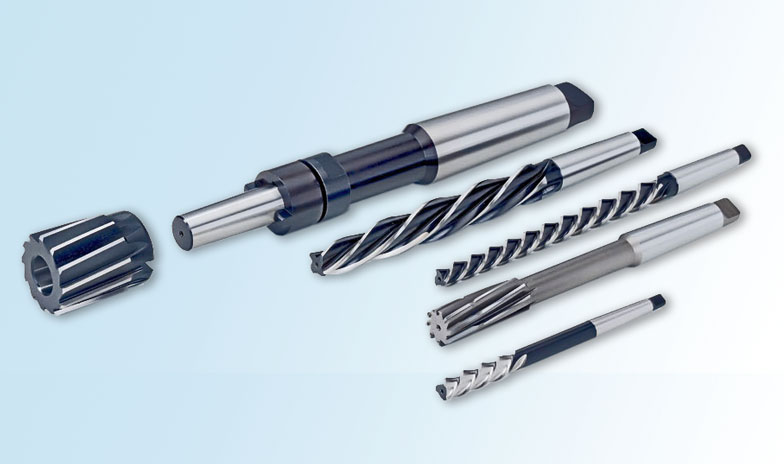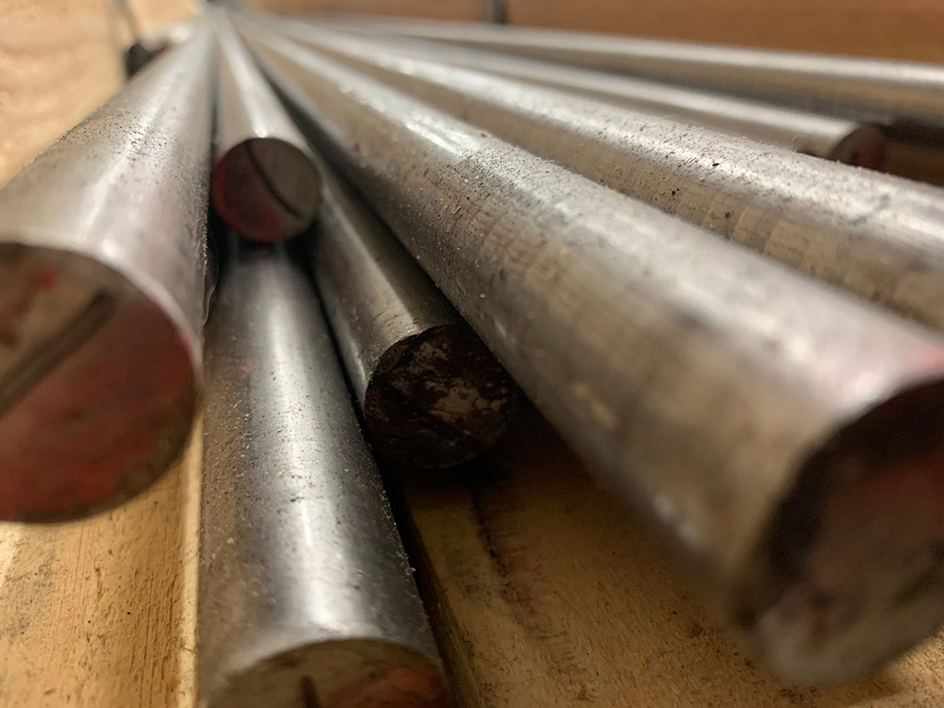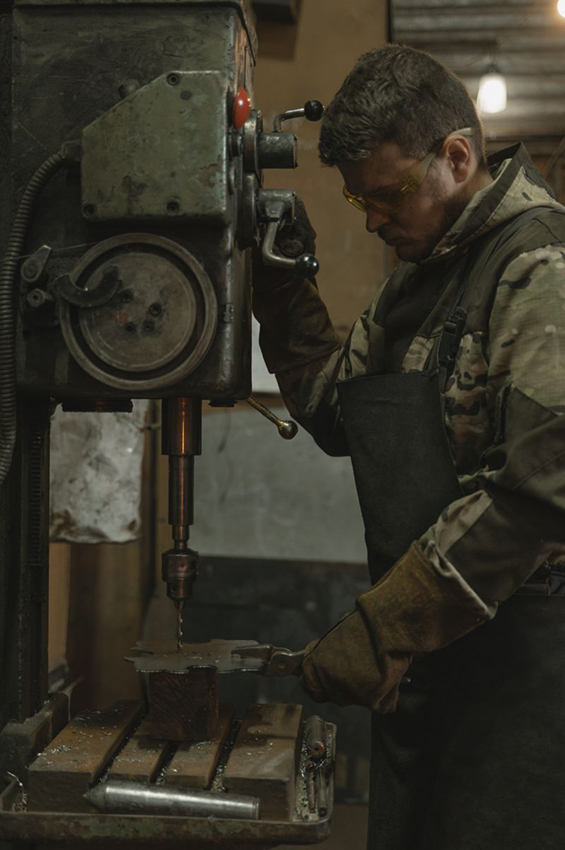Types of Reamers

Reamers are precision cutting tools used in machining to slightly enlarge and finish holes to exact dimensions. They come in many types, materials, and configurations depending on the specific application. Below is a breakdown of the most commonly used reamer types, materials, and classifications to help you choose the best tool for your job.
Common Types of Reamers
Each type of reamer is designed for a specific purpose. Here's a quick overview:
- Chucking Reamers: The most widely used type of reamer, typically employed in lathes to enlarge and smooth out pre-drilled holes.
- Morse Taper Reamers: Designed to finish Morse taper holes or sleeves, ensuring a precise fit for tapered tools and spindles.
- Automotive Reamers: Used for reaming steel components in vehicles, such as steering arms, ball joints, and tie rod ends.
- Die Maker Reamers: Used to create precision tools like die sets, punches, and steel rule dies.
- Welding Equipment Reamers: Used for precision finishing in welding guns, cap-type electrodes, and other welding equipment.
- Taper Pin Reamers: Designed to create tapered holes for taper pins, which are used to secure parts in mechanical assemblies.
- Stub Reamers: Shorter in length and used in tight spaces or for applications requiring minimal material removal. Ideal when rigidity and minimal overhang are essential.
- Jarno Reamers: Used to finish Jarno taper holes. Essential for precision taper applications, particularly in machine spindles and tooling alignment.
- Brown and Sharpe Reamers: Designed to accurately finish Brown and Sharpe taper holes. Important for maintaining legacy tooling and precision alignment in certain machining environments.

Reamer Materials
The material of a reamer affects its durability, performance, and cost. The most common options include:
- High-Speed Steel (HSS): Affordable and suitable for most general-purpose applications.
- Tungsten Carbide: Offers exceptional hardness and longevity, especially in high-volume or high-precision jobs.
You can also choose custom flute styles to optimize chip removal and finish, including:
- Right Hand Spiral
- Left Hand Spiral
- Straight Flute
- Flutes with Chip Breakers
Construction Types
Reamers vary in how they are constructed, which affects strength, cost, and application:
- Solid Reamers: Made from a single material—simple and durable.
- Tipped Solid Reamers: Feature a base material with harder cutting edges bonded in—more economical than full-carbide options.
- Inserted Blade Reamers: Replaceable and sometimes adjustable blades—ideal for high-volume or high-cost materials.
- Expansion Reamers: Can be slightly adjusted in size for wear compensation—useful for longer tool life.
- Adjustable Reamers: Feature blades that can be moved to fit varying hole diameters—versatile but complex.

Drive & Flute Direction
Reamers are also categorized based on how they are rotated and the direction of their flute helix:
- Hand of Rotation (Hand of Cut):
- Right Hand Cut: Rotates counterclockwise (from the cutting end) to cut.
- Left Hand Cut: Rotates clockwise (from the cutting end) to cut.
- Note: Pull-type reamers typically follow right-hand cutting conventions.
- Flute Helix Direction:
- Straight Flute: Flutes run parallel to the axis—ideal for through holes and simple setups.
- Right or Left Hand Helix: Direction affects chip evacuation—right-hand helix pulls chips forward; left-hand pushes them back.
- Alternate Helix: Alternating flutes help reduce vibration and improve surface finish.
To determine the helix direction, observe the flute twist from either end of the reamer: Right Hand Helix twists clockwise; Left Hand Helix twists counterclockwise.